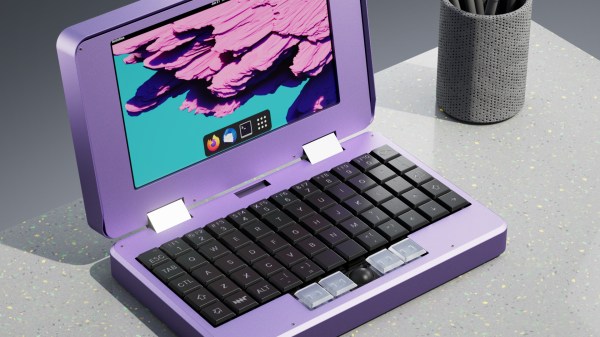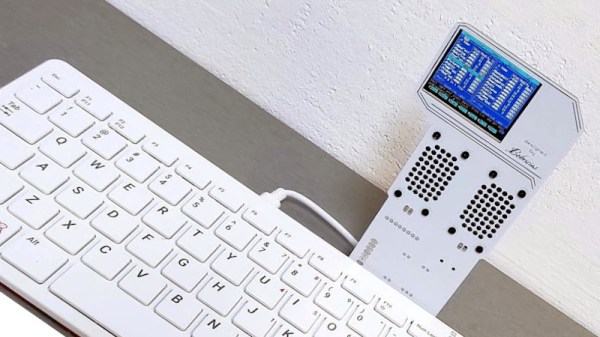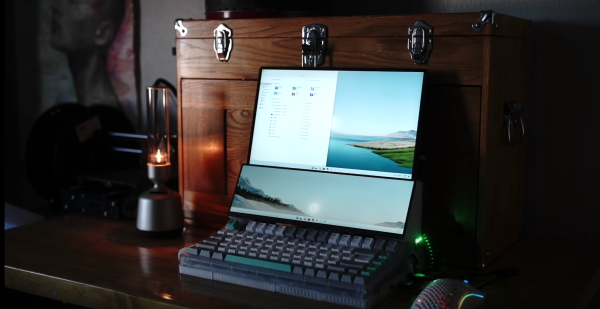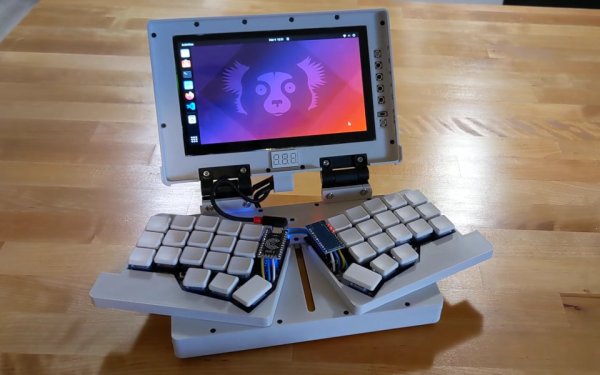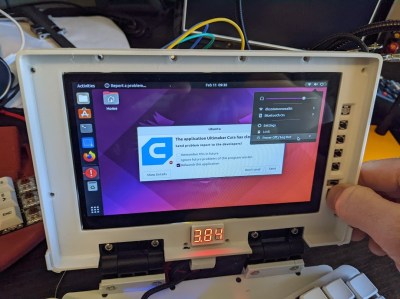You might have already seen the pretty pictures in pastel colors online — a small netbook-like computer with a full-size keyboard. This, while a render, is what the MNT Pocket Reform is going to look like. Reminiscent of the netbook aesthetic in all the right ways, it’s a small device with a mechanical keyboard taking as much space as possible, trackball for navigation, and we assume, exactly the kind of screen that’d be comfortable to use.
We’ve reviewed the MNT Reform a year ago, and this device inherits a lot of its good parts. The motherboard’s connectivity is likely subject to change, but on the motherboard renders, we can spot three USB-C ports, a Micro HDMI port, a microSD card slot, ix Industrial Ethernet, and M.2 B-key and M-key slots for WWAN and SSD cards respectively.
If you expected computational specs, there isn’t really a specific CPU+RAM configuration announced – for a good reason. The Pocket Reform takes advantage of the CPU card concept designed into the MNT Reform – able to take a card with an NXP i.MX8M CPU, Raspberry Pi CM4, Pine SOQuartz, a Kintex-7 FPGA, or any of the cards yet to be developed. The design files are open-source, the prototype motherboards have been ordered, mechanical usability aspects have been worked through. This is a very compelling project, and we can’t wait to see it bear fruit!
MNT Pocket Reform is coming! (more info below) pic.twitter.com/c6g4GG2Nif
— lukas f. hartmann (@minut_e) June 27, 2022

